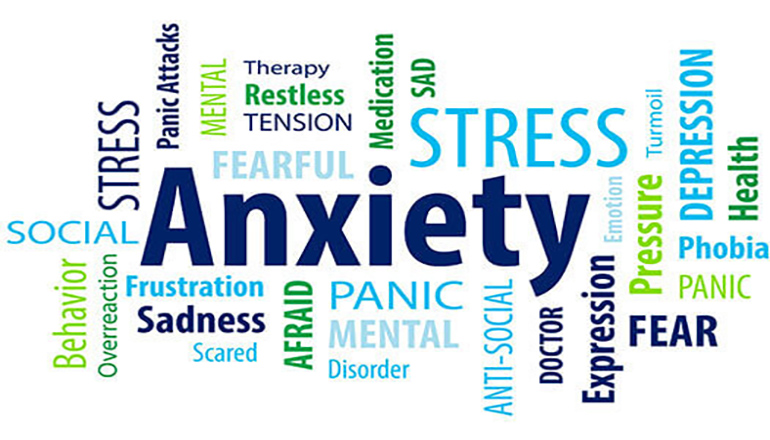Expanded anxiety screenings could have a long-term positive impact on the health of Missourians, according to mental-health advocates.
The U.S. Preventive Services Task Force is proposing routine anxiety screening in primary care for adults younger than 64 without symptoms. According to the panel, 40% of women and 26% of men experience an anxiety disorder in their lifetime, often starting in childhood.
Gena Terlizzi, executive director of the National Alliance on Mental Illness-Missouri, explained anxiety disorders are much different from the anxious feelings a person may experience throughout their life. “Anxiety, worry, and doubt, these are all normal human emotions,” Terlizzi noted. “The difference is, is it something that is impacting your ability to function as a person, to function as a member of your family, to function in your role in the workplace.”
Terlizzi suggested regular anxiety screenings in a medical setting could help normalize the conversation between doctor and patient, and remove some of the societal stigma associated with mental health conditions. She added a patient might not even realize they are experiencing anxiety because it can manifest in different ways, including stomachaches or trouble sleeping.
Anxiety screenings for children are already part of a primary-care visit. And in some communities, Terlizzi acknowledged medical professionals are the de facto mental health care provider because there aren’t enough to go around right now. She recommended patients discuss treatment options with their doctor. “Not every positive screening needs to lead to a diagnosis, a referral to a specialist, and a treatment plan with medication and therapy,” Terlizzi emphasized. “It’s not a one-size-fits-all solution.”
She stressed it would be ideal if everyone who experiences anxiety could get in-depth treatment. But she pointed out that the screening process itself could be beneficial. “Someone with low or moderate anxiety, perhaps that person has resigned themselves to thinking, ‘This is just how people feel. This is just how I am.’ Finding the name of the problem is a step toward finding a solution and that in itself can very much provide a sense of relief,” Terlizzi advised.
Besides helping the patient, regular screenings will help provide a better overview of how many people experience an anxiety disorder, which is underreported.


